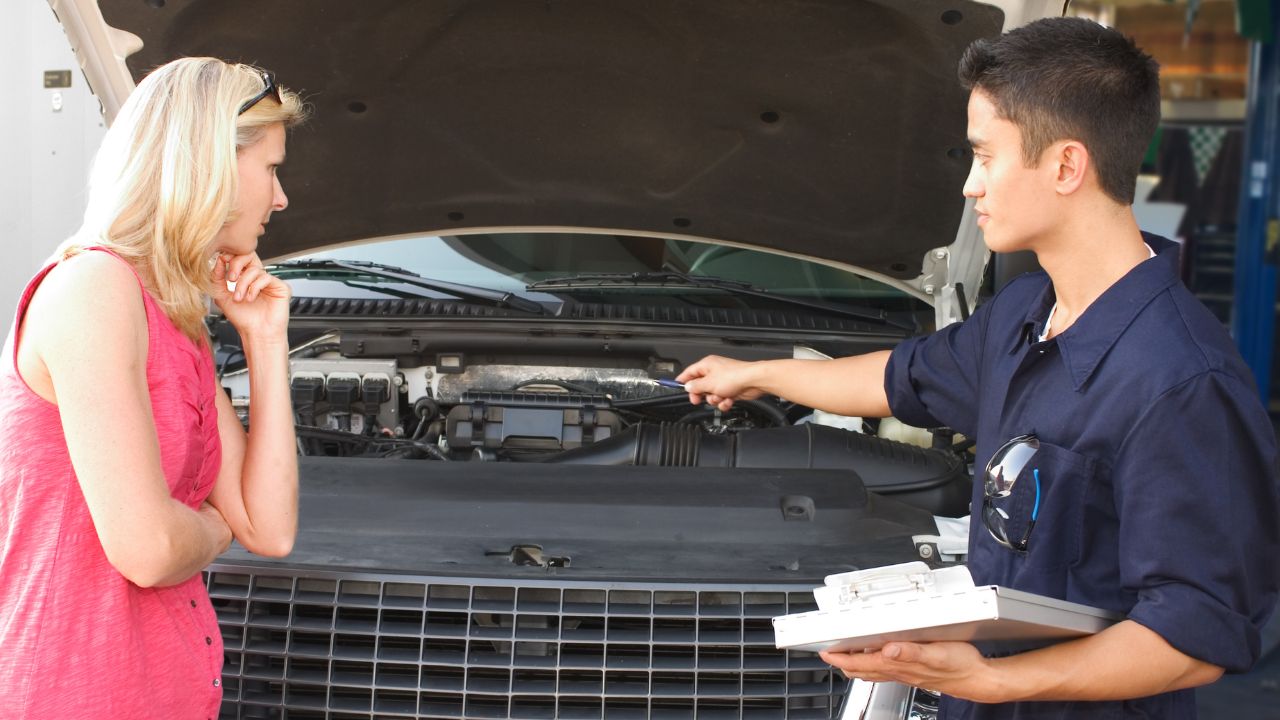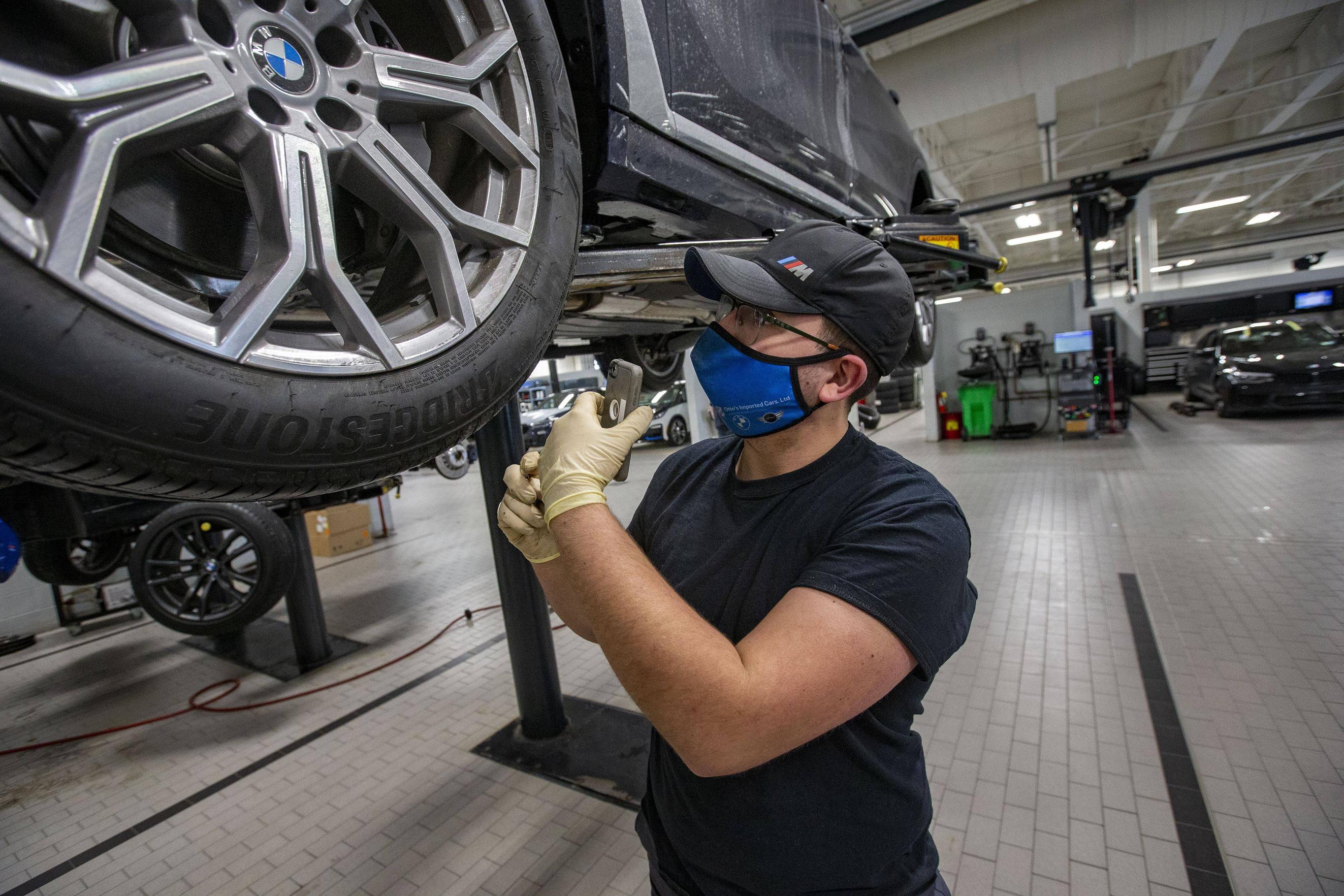
First, you need to decide whether to replace your engine yourself, buy a remanufactured or new one. There are many options. This article can help guide you in choosing the right option. We'll discuss Donor engines versus rebuilt engines, and which is easier to install. Find out about the pros & cons of each option by reading on.
Cost of a replacement engine
The cost of replacing an engine may be prohibitive, even though it will restore your vehicle's functionality. In addition to the engine itself you will also have to pay for other expenses like oil and fluids changes, hoses and pumps replacements, and labor. It is possible to write off your vehicle to avoid having to repair it. Consider replacing the engine if your vehicle is less than $30k.
You can also buy a used engine at a fraction of what it costs to purchase a brand-new one. You should ensure that you buy a good-quality used engine that hasn't been driven for too long and doesn't need any part replacements. While rebuilding an engine is cheaper than buying a brand new one, it will still cost you more. If the car is under warranty, it may be easier to replace an engine in a newer model.

Remanufactured engine vs. rebuild engines
Remanufactured motors are nearly identical to new ones except they are made of old parts and not brand-new. Remanufactured engines are usually more expensive but last for longer than the rebuilt ones. Motors that have been remanufactured are often covered by a longer warranty. This is because rebuilt engines go through a more detailed restoration process.
A rebuilt engine has some parts replaced. It was taken apart, cleaned and reassembled with new parts. The engine is reassembled in better order than before. If the parts are damaged, or do not conform to standards, they will be replaced with new ones. Some engines can last hundreds of miles while others only last for a few hundred. Both types can last for a very long time if maintained properly.
Donor engines vs. crate motors
In order to make sure your car is compatible with donor engines, and not crate ones, it's worth comparing the cost of crate and donor motors. Donor engines tend to be less expensive, but crate motors are more difficult to install. Depending on what type of motor you buy, you may need replacements for several components such as a timing cover or timing chain.
There are many sizes of crate engines. These engines come in a variety of sizes, including a long block and complete engines. Although complete engines can be used as a drop-in replacement for crate motors, they are much more expensive and time-consuming. Another option is to purchase a long or short block and have it customized for your car.

Installing donor engines is much easier
Installation of donor engines is much easier than ever. While used engines may be cheaper than new engines or remanufactured, you can't guarantee the engine's mileage, service history, warranty, or condition. You should verify the warranty and low mileage with the engine broker. Donor engine are a good alternative to new or remanufactured automobile engines. Once the donor car is disassembled, the donor motor will be installed in a workshop that has been certified to install engine systems.
You have two options depending on the donor engine: a stock and a turbocharged. Donor engines are generally easier to install than new car engines, but you may want to purchase a new one if the old one is too old to fit. You may be able to get an engine upgrade at a reasonable price from engine manufacturers. Donor engines can be installed more easily than new engine, and they're often easier in finding.
FAQ
What qualifications do I need to become a mechanic?
You will need to pass several exams in order to become a mechanic. These exams include:
-
A test of general knowledge
-
A practical exam
-
An apprenticeship test
These tests are designed to ensure that you understand the basic concepts of mechanical engineering and physics before you start working as a mechanic.
Once you pass these tests you can become a mechanic. But, you will still need an apprenticeship. This will include training in the trade.
To be able to repair vehicles, you'll need classes or workshops. You'll also have to work alongside experienced mechanics.
If you want to be a successful mechanic, it will take concentration and attention to detail. You will need to pay careful attention to every aspect when repairing vehicles.
To become a good mechanic, you need patience and persistence. If you don’t love to follow instructions, this may not the right career path.
However, if you love cars or enjoy working on them, you might be happy in this field.
What is the best way to learn about car mechanics
Auto mechanics don't require any knowledge. Only you need to know how things work. That's why most people start doing jobs like fitting brake pads or changing tires before progressing to more complex repairs.
You need to be able read and comprehend diagrams, follow written instructions and adhere to basic principles of good practice. You must also be able judge if parts need to replaced or repaired.
It is important to remember that proper training and guidance are essential for anyone who attempts to repair vehicles. This is especially important if you work with expensive parts such as transmissions or engines.
Even though you don't need to be an expert on cars, it is important to understand the fundamentals of mechanical engineering and physical physics. This means understanding the principles behind how engines work and how brakes function.
You should also be ready to handle all kinds of situations. For instance, you might find yourself in charge of a vehicle that has been in a serious accident. Additionally, you will need to have experience with handling accidents and breakdowns.
Finally, you need to be willing and able to quickly learn new skills. You will need to be able not only to diagnose problems but also to perform simple maintenance tasks like tightening bolts and nuts.
How long does an automotive course take?
An automotive course lasts for three years.
The first year is spent learning about cars and theory. The second year is dedicated to practical training, where you will learn how to fix cars, drive them, and do other jobs around the car. The last year is spent at a local shop, where you will get practical experience with real-world problems.
Statistics
- Apprentice mechanics earn significantly less hourly than mechanics who have completed training, with a median wage of approximately $14.50 an hour, according to PayScale. (jobhero.com)
- According to the BLS, the median annual salary for automotive service technicians and mechanics in the United States was $44,050 in May 2020. (uti.edu)
- The U.S. Bureau of Labor Statistics (BLS) reports that the job outlook for automotive service technicians and mechanics is expected to decline by 4% from 2019 to 2029. (indeed.com)
External Links
How To
How to diagnose your vehicle properly for repair
To determine if your car needs repairs, you should first look at the symptoms that your car presents. These steps will help you diagnose your car properly.
-
Check engine lights. The dashboard light indicators, including the engine light, oil pressure gauge, battery light indicator, coolant temperature gauge and RPM gauge, should be checked. If they have been flashing for more days than usual, it could be a sign that something is wrong with the vehicle.
-
Check the treads of your tires. Tires with worn treads could cause problems when handling or braking. Also, inspect the treads of your wheels. They should look clean and be smooth. The best way to do this is to remove the wheels and take them off. You can check the tread wear with a flashlight.
-
Monitor the level and consistency of your brake fluid. You must always monitor the level of your brake fluid. This will ensure that your brakes run smoothly. Low brake fluid levels could cause your brakes to fail when you apply pressure.
-
Make sure to test the suspension system. The suspension system in vehicles absorbs vibrations and shocks. This suspension system provides greater control and smoother acceleration and deceleration. It might feel uncontrollable or wobbly if your vehicle is suffering from a suspension problem. To determine whether your vehicle may have a suspension issue, you can try to put weight on the rear or front axle and watch the movement.
-
Examine the steering wheel. The steering columns are what connect the steering knob to the rest. Steering columns can be damaged by accidents. You should replace your steering column if it feels loose or unstable.
-
The exhaust pipe should be observed. Exhaust pipes help move gases from the combustion chamber to the atmosphere. You can let harmful fumes into your home if your exhaust pipes crack or leak. If your tailpipe bends, it is important to fix it immediately.
-
Take a look under your hood. Check under your hood for any unusual or missing components. You could have fluids leaking from the engine. You should also contact a professional technician if there is an unusual odor coming from the engine compartment.
-
Check the air filter. The vehicle's outside environment may cause the air filter to collect dust and debris. A dirty air filter causes your vehicle to run poorly. Replace your air filter regularly.
-
Check the fan belt. The fan belt that connects your vehicle to the transmission is called the engine fan belt. The engine will not turn if the fan belt breaks. It is easy to replace the belt. You will need a screwdriver, pliers and a pair of pliers.
-
You should inspect the radiator and hoses. The radiatorhose carries water from your radiator to the engine. It can become cracked or damaged and leak hot liquid onto your engine. The hose can be repaired with a pair or needle-nosepliers, and a wire brush.
-
Check the windshield wipers. Windshield wipers use electricity to wipe away rain and snow. If they stop working, streaks could be left on your glass. Simply change the washer oil to fix the problem.
-
Make sure you check the cables. Batteries provide power to electrical systems inside your car. When you replace batteries, make sure to disconnect the negative cable first. Failure to do so can damage your alternator.
-
Check the headlights. The headlights will illuminate the road ahead. They can make it difficult to see if they stop working. You can check the bulbs to make sure they aren't burned out.
-
Be sure to check the lights. The lights are there to warn other drivers if they approach you at night. If one doesn't work, it could distract you and lead to an accident.
-
Check your brakes. Before you have a collision, brakes slow down your car. If your brakes aren't working properly, you may lose control and crash into other cars.
-
Check the oil regularly. The oilkeeps your engine lubricated. It protects metal parts and prevents them from wearing too quickly. It is recommended that you change your oil at least once per month.